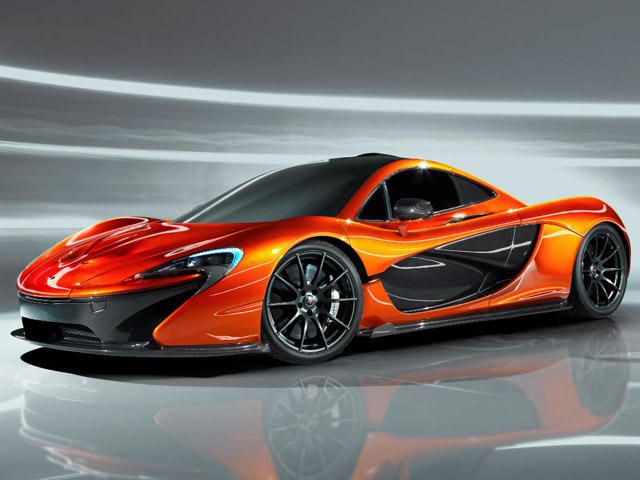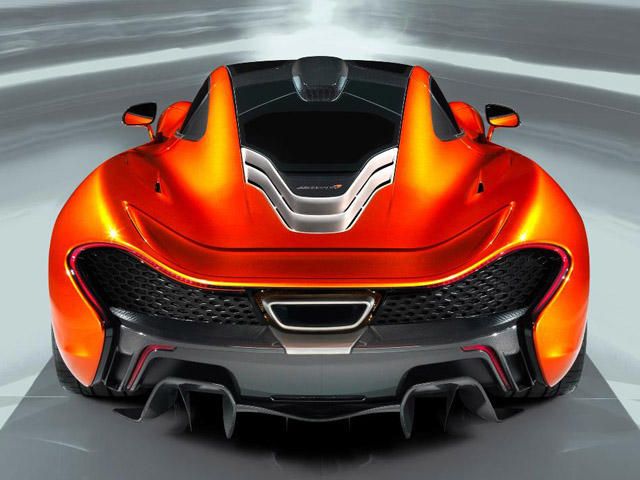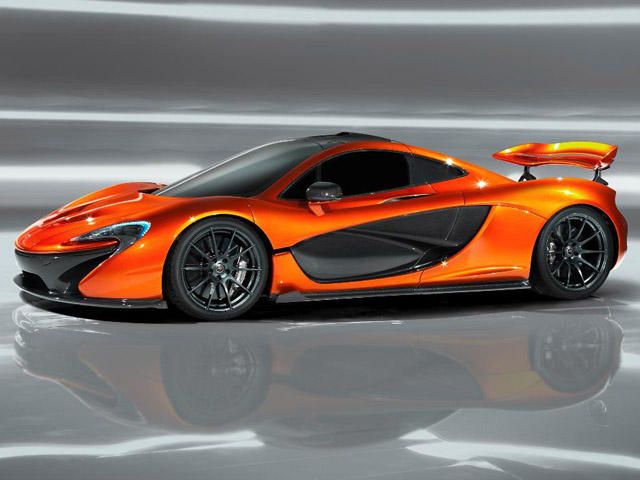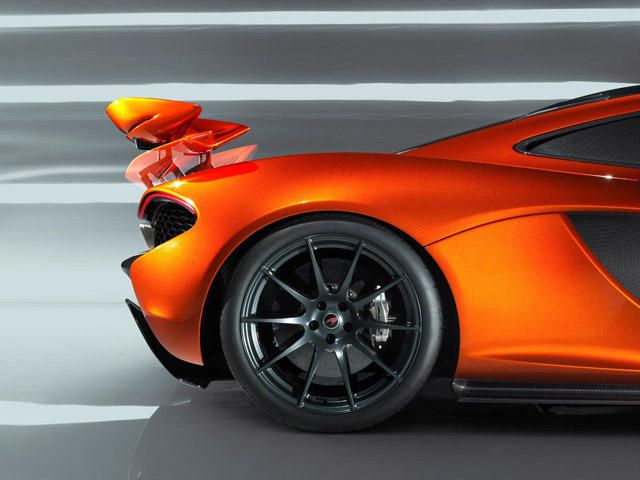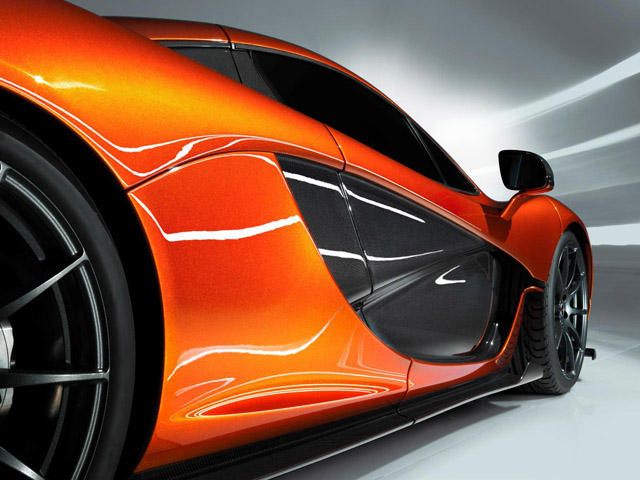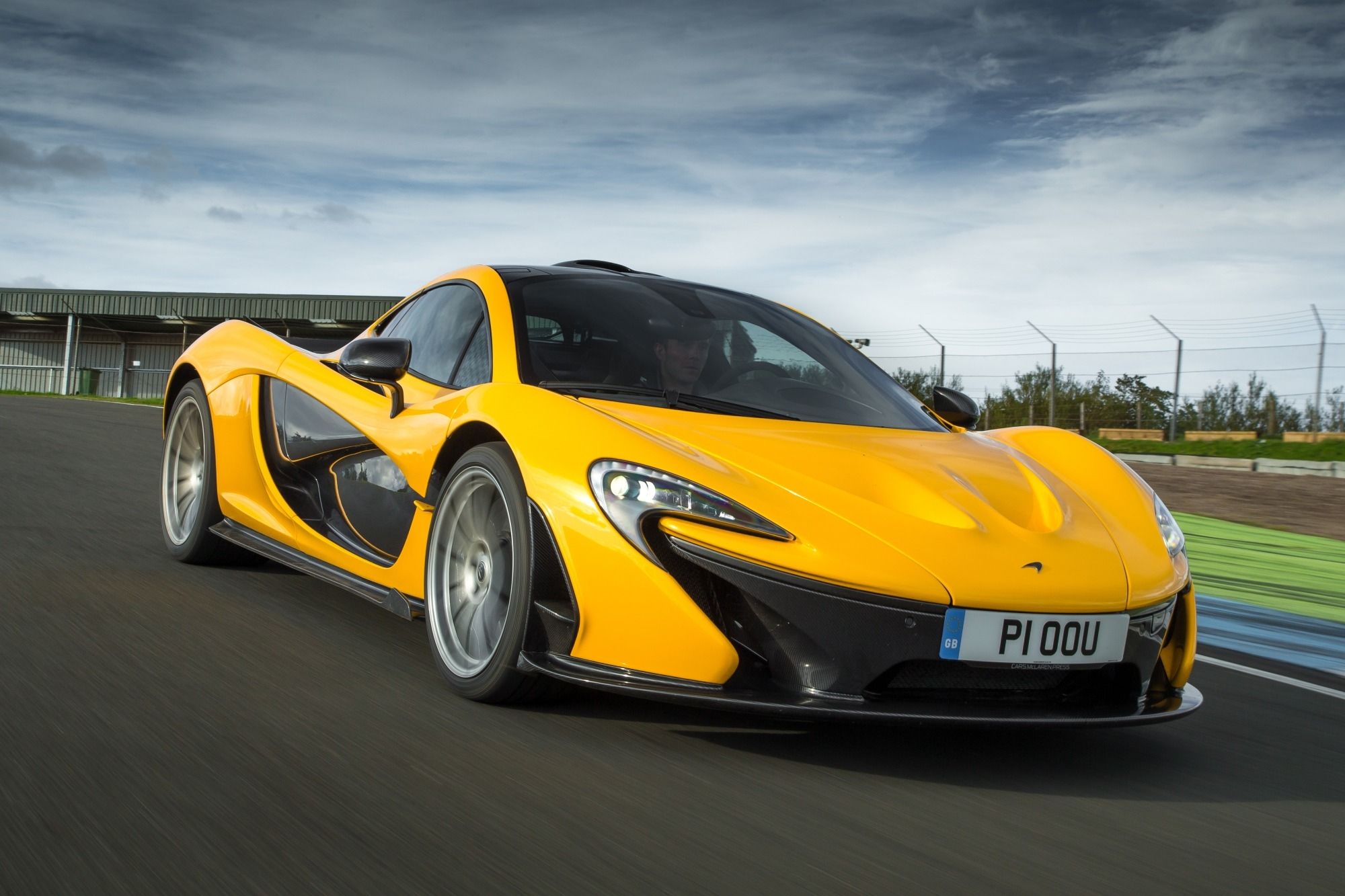
Few things can drum up the kind of anticipation that an all-new supercar from McLaren can. And now, after months - if not years - of speculation, spy shots, renderings and rumor-mongering, the McLaren P1 has finally been revealed in full at the Paris Motor Show. Well, almost in full. Powertrain specifications will only be revealed early next year, with deliveries set to commence later next year as McLaren celebrates its 50th anniversary. That doesn't mean, however, that McLaren hasn't given us what to chew on.
Along with these fifteen images, McLaren has given us a glimpse into the development of the new P1 that aims to take the place of the legendary McLaren F1 - still widely held as a benchmark for supercars - as one of the most capable performance machines on the road or track. That was the design brief for McLaren's talented team of engineers tasked with bringing the P1 to fruition. Its name, for starters, pays homage to the F1 (which was internally known as Project 1) and refers as well to the first position on the grid or podium at a grand prix - a place which McLaren, after winning 180 Formula 1 races, knows very well.
The car is built, like the MP4-12C (and its single-seat racing cousins), around a carbon monocoque chassis and is draped in carbon-fiber body panels. Only there aren't many of them to speak of. Most of the body is made of two giant carbon clamshells, with just a pair of flaps at the rear, the hood at the front and two doors added to complete the form. The body, according to McLaren, was shaped primarily by aerodynamic concerns, with the dramatic styling overseen by design director Frank Stephenson. Its low rear deck, teardrop-shaped greenhouse and a frontal area even smaller than the 12C's all contribute to a low drag coefficient of 0.34.
This despite producing 600 kg of downforce- five times more than the 12C, and similar to the 12C GT3 racecar. The shape channels airflow to an adaptive rear spoiler that works like the Drag Reduction System used in Formula One and doubles as an airbrake. The obsession with using the right materials even extends to the real gold-leaf shielding around the exhaust. We'll have to wait for confirmation on the rest of the car's specs, but expect a version of the MP4-12C's 3.8-liter twin-turbo V8 coupled to KERS hybrid system to produce 800+ horsepower, coupled to McLaren's trick dual-clutch pre-cog seven-speed transmission to motivate.

